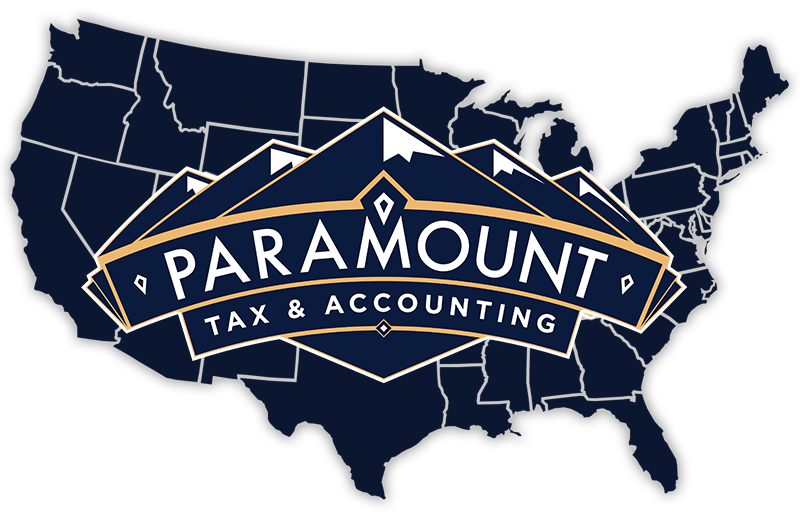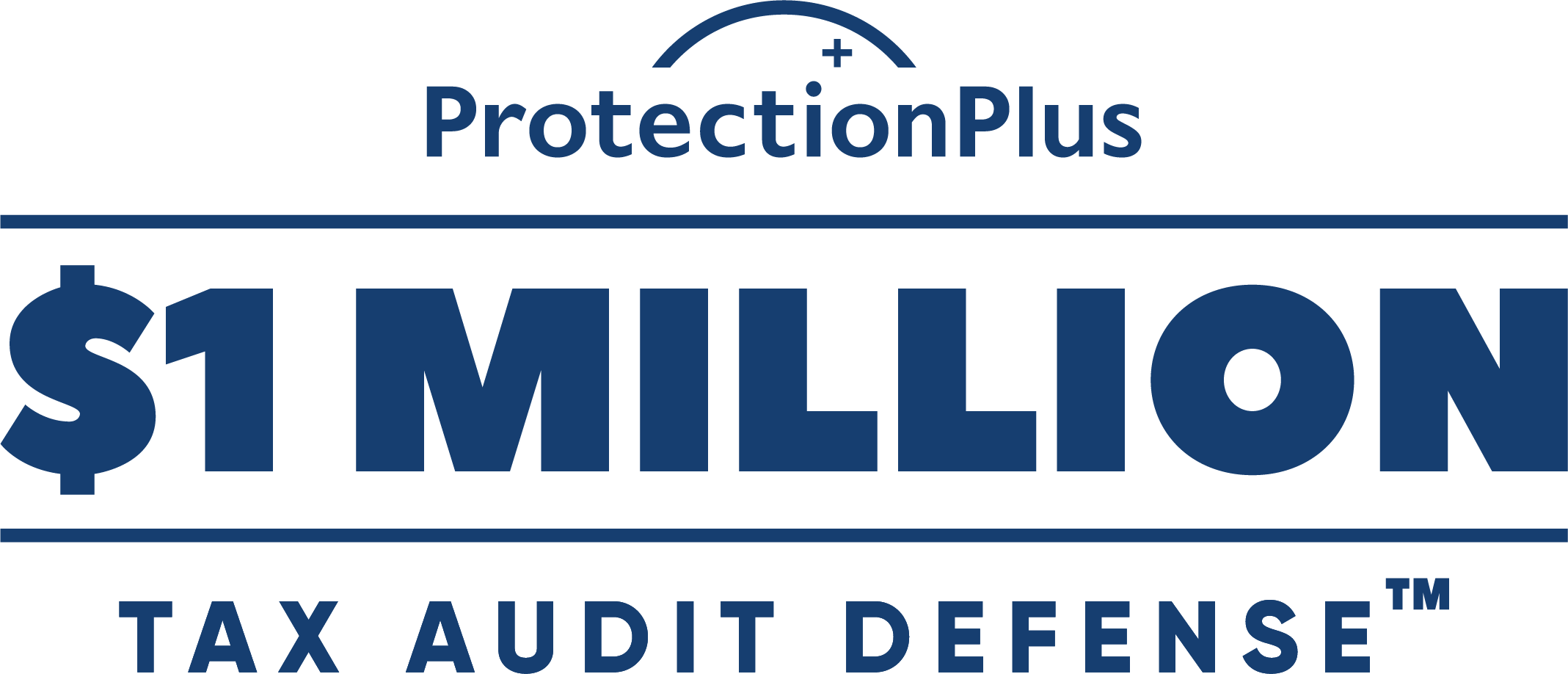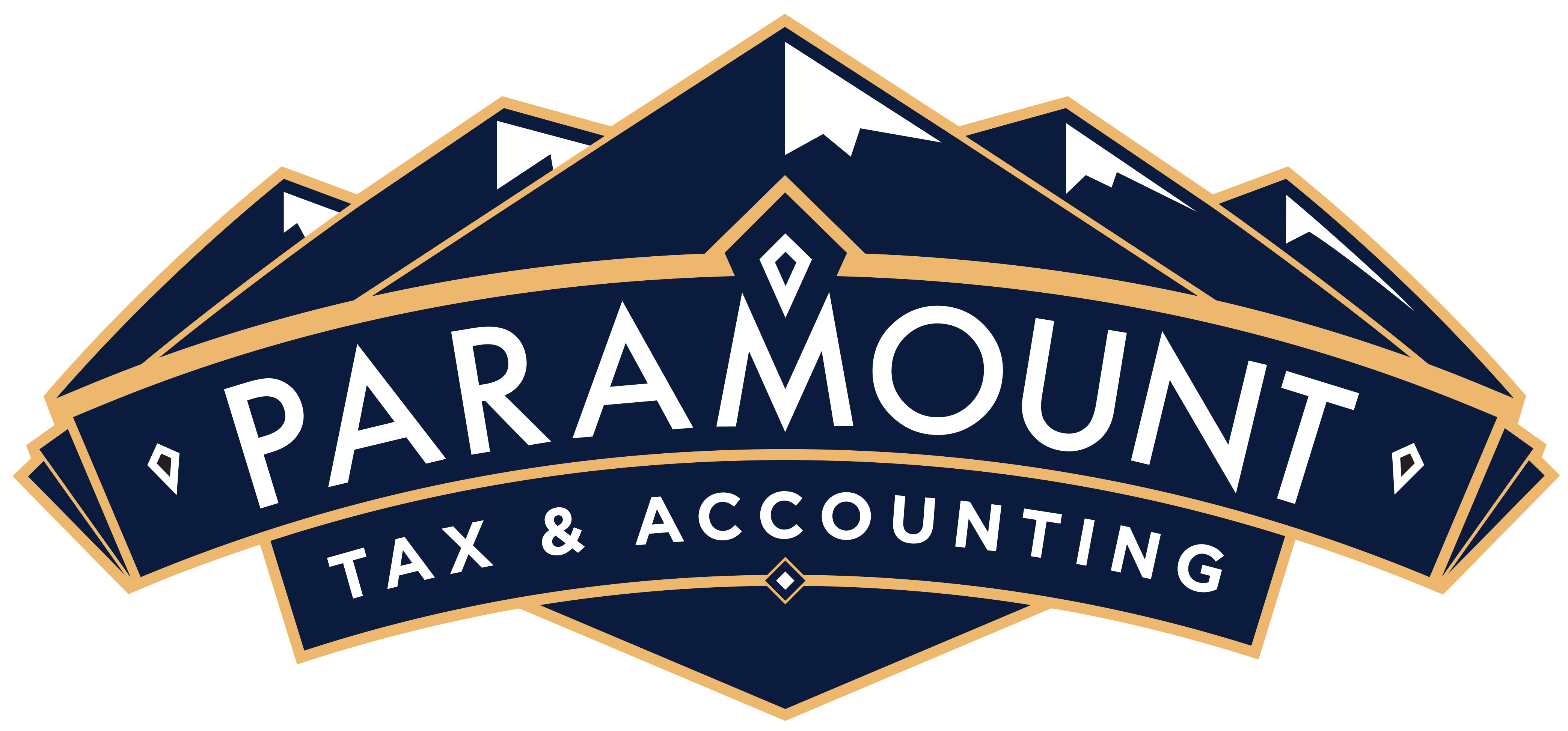Paramount Tax & Accounting Arvada Blog
COVID-19 Update: Taxes
Posted on Mar 16th 2020
In view of the pandemic that is gripping the world, Paramount is adjusting in ways that will still allow our clients to take care of their tax preparation needs in your area.
Paramount Tax Now Offering Financial and Tax Franchises Across the US - Paramount Tax & Accounting Arvada
Posted on Nov 10th 2017
For the first time, Paramount Tax is offering franchises. Let us make our success into your success! Contact Paramount Tax & Accounting Arvada's CPA accounting in Arvada to learn more.



